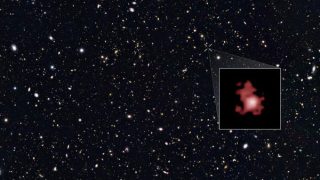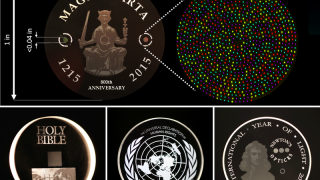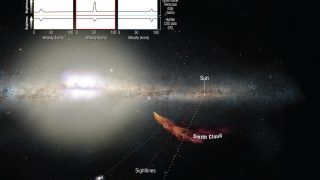
MI weekly selection #172
Humanities & Social Sciences • Science • Technology • Weekly Selection
Mars’ magnetic field shaken by close comet flyby A comet streaking by Mars in 2014 wreaked havoc on the Red Planet’s fragile magnetic field, according to data collected by the Mars Atmosphere and Volatile Evolution, or MAVEN, spacecraft, according to NASA. Discovery Bacteria found in Japanese recycling center evolves to consume plastic A bacteria that […]








